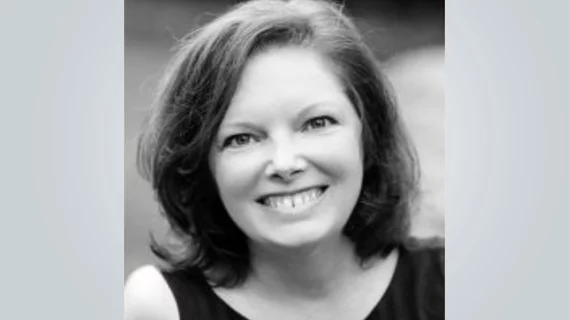Fixing Healthcare’s PR Problem
More than a decade ago, I raced my toddler to the emergency room in the middle of the night. The staff saw us immediately. Everyone we encountered was competent, efficient and kind. I left the ER satisfied. Five-stars satisfied. In the following few months, at least three bills rolled in. One was from a practice I’d never heard located a couple of counties away, and all of them were unclear. I was happy to write the first check, but my satisfaction waned as the latter bills arrived and I struggled through frustrating phone calls with various billing staff.
A couple of years ago, my fit, 50-something husband went to our family practice for an employer-required checkup. The PA recommended a cholesterol test, my husband agreed, blood was drawn right there. A few days later, the PA called. The results were great. “Keep doing what you’re doing,” she said. Then the bill for $1,000 came. We were responsible for about $250. “Why didn’t she tell me it would cost so much?” my husband ranted. “Did you ask?” I inquired. “No, but next time I will,” he insisted. I wondered, would she have known how much a cholesterol test costs, let alone how much would be our share?
Not long ago, at a family gathering, two men of like age and ailment compared notes on their recent healthcare experiences. One, they concluded, had seen an “old-fashioned,” watch-and-wait physician while the other had been taken for a ride by a doc who ordered too many tests and wasted the patient’s time.
I’m treated to stories like these all the time, maybe because people know my interest in healthcare. Or perhaps they’re venting because healthcare has a PR problem that is in part caused by its affordability problem. Patients and families are annoyed, frustrated and worried that the care we are receiving might not be necessary or that we might not be able to afford our growing portion of the price.
“People hate doctors, but they love their doctor,” a cardiologist once told me. I think he’s right but wonder if distrust of healthcare’s high costs and complex bureaucracy—both easily perceived as self-serving—might be poisoning our relationships with our own physicians and if the public’s misgivings might spill over to affect whether we’ll seek care when we need it or adhere to our doctor’s orders.
The best solution to most PR problems isn’t spin. It’s identifying the root cause of the problem and fixing it, even if it’s difficult and will take time. In this issue, we explore themes related to healthcare’s PR challenges. I hope you’ll find it interesting.

